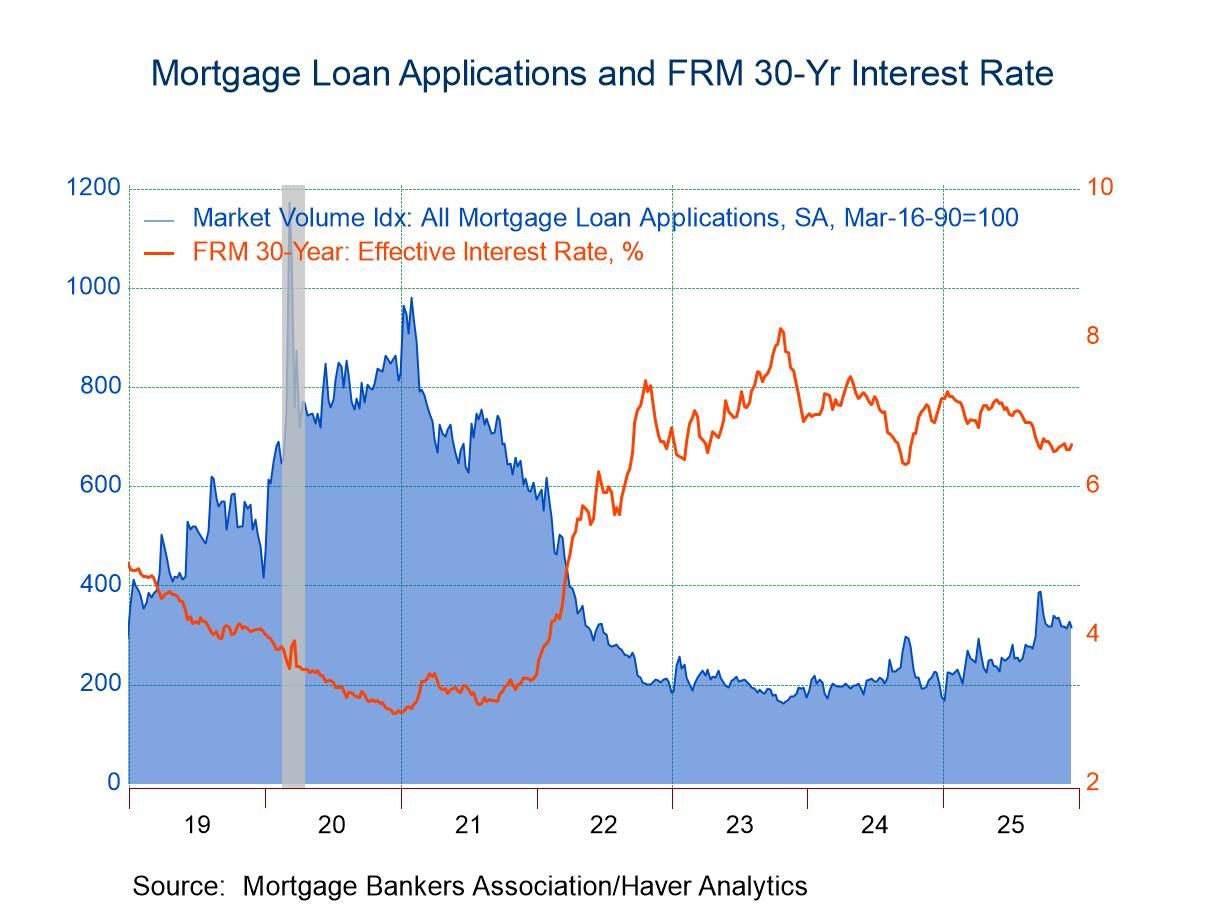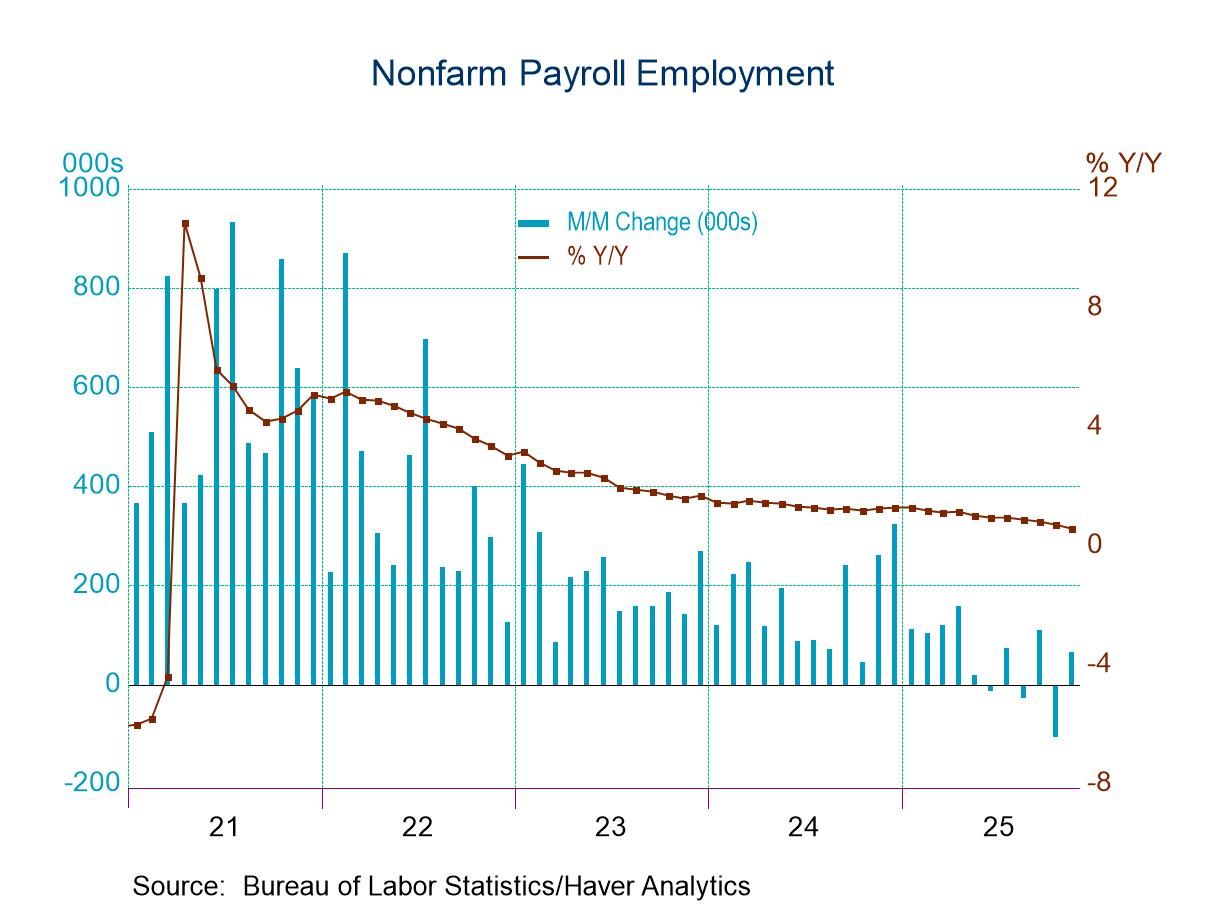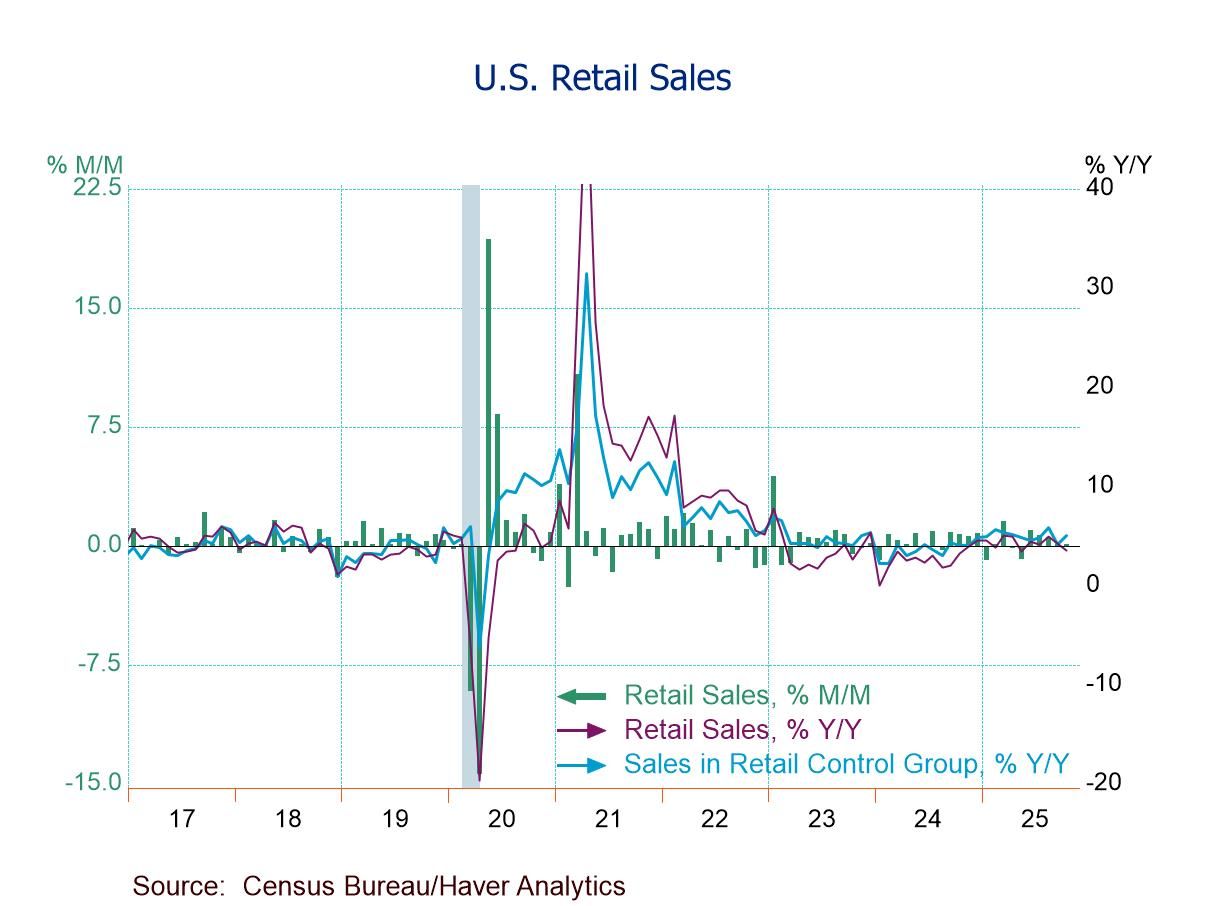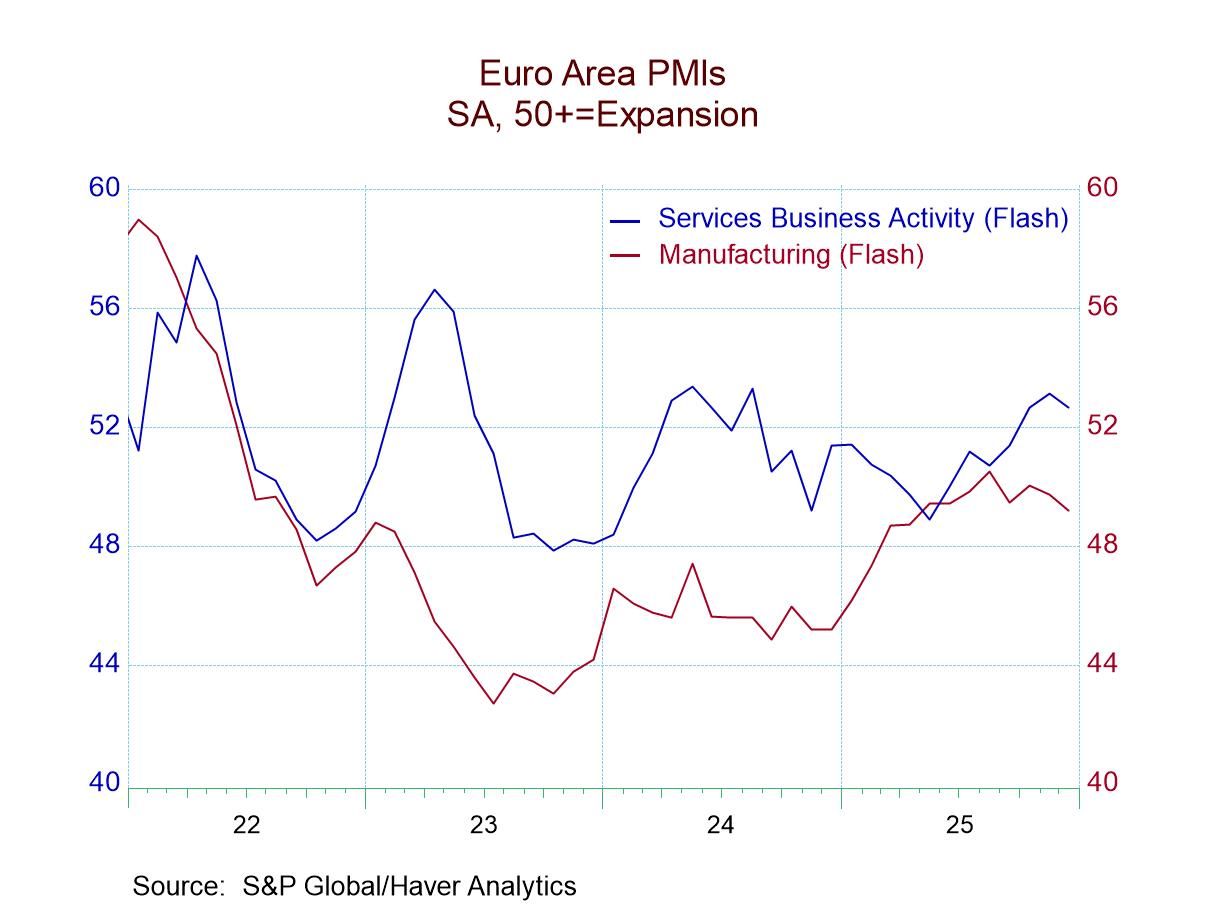 Global| Feb 03 2020
Global| Feb 03 2020MFG PMIs Show Some Rebound in January; Beware: It Is a Pre-Virus Showing
Summary
Manufacturing PMIs show some bounce and lift in January as the average (unweighted average, excluding France and Germany) is up to 50.4, the first value above 50 since April 2019. Still, the ranking of this index is below its median [...]
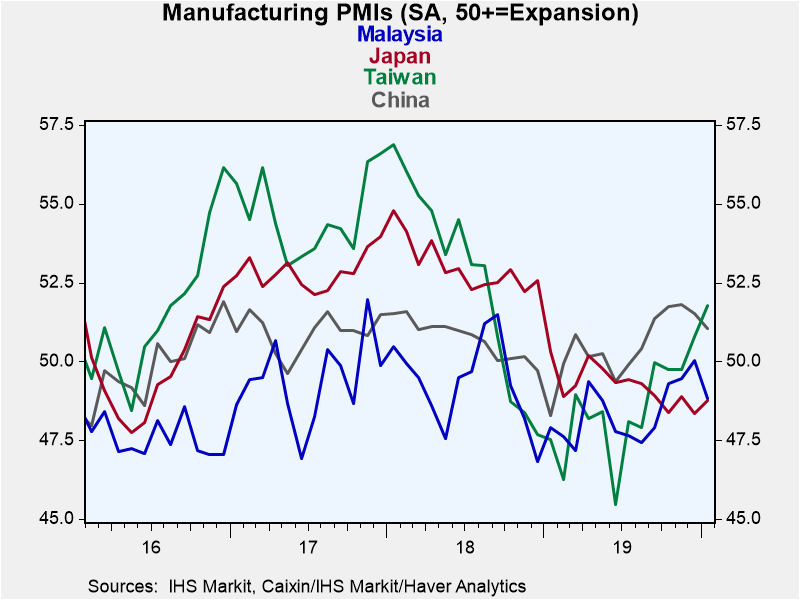 Manufacturing PMIs show some bounce and lift in January as the average (unweighted average, excluding France and Germany) is up to 50.4, the first value above 50 since April 2019. Still, the ranking of this index is below its median in its 39.5 percentile. Such is the face of promise, improved but not without blemishes. On the month, only 6 of 17 manufacturing readings deteriorated. That compares to 10 in December and two in November. Over three months only three countries show deterioration; over six months 8 show deterioration; over 12 months all but two show deterioration. The notion of a rebound is a very near-term thing. The average increase in the PMI gauge among countries with improving diffusion in January is a gain of 1.26 led by India's 2.6 point gain, the U.K.'s 2.5 point gain, Turkey's 1.8 point gain and the euro area's 1.7 point gain. Weakening indexes averaged a drop of about one half of one point. Malaysia's deterioration on the month was the largest as it fell by 1.2 points.
Manufacturing PMIs show some bounce and lift in January as the average (unweighted average, excluding France and Germany) is up to 50.4, the first value above 50 since April 2019. Still, the ranking of this index is below its median in its 39.5 percentile. Such is the face of promise, improved but not without blemishes. On the month, only 6 of 17 manufacturing readings deteriorated. That compares to 10 in December and two in November. Over three months only three countries show deterioration; over six months 8 show deterioration; over 12 months all but two show deterioration. The notion of a rebound is a very near-term thing. The average increase in the PMI gauge among countries with improving diffusion in January is a gain of 1.26 led by India's 2.6 point gain, the U.K.'s 2.5 point gain, Turkey's 1.8 point gain and the euro area's 1.7 point gain. Weakening indexes averaged a drop of about one half of one point. Malaysia's deterioration on the month was the largest as it fell by 1.2 points.
Still, the average standing tells the real story of current conditions. The median level is below a 50th percentile ranking and only six of 17 readings are above their respective median values (above 50%) when ranked on data since January 2016.
 The Baltic Dry Index continues to erode. While today's PMIs (including the release in the U.S. of the manufacturing ISM) show some rebounding, let's remember that these are all pre-virus reports and that markets have since retrenched sharply. The regional U.S. PMI data has been quite uneven with rebounding being indicated except in the U.S. Chicago PMI which has released a ‘bottom scraping' reading below 45 that historically is seen only before or in recessions. The U.S. import drop in the GDP report was and is of the magnitude that has been seen only in recessions. And yes these weak reports also are dated reports.
The Baltic Dry Index continues to erode. While today's PMIs (including the release in the U.S. of the manufacturing ISM) show some rebounding, let's remember that these are all pre-virus reports and that markets have since retrenched sharply. The regional U.S. PMI data has been quite uneven with rebounding being indicated except in the U.S. Chicago PMI which has released a ‘bottom scraping' reading below 45 that historically is seen only before or in recessions. The U.S. import drop in the GDP report was and is of the magnitude that has been seen only in recessions. And yes these weak reports also are dated reports.
There are a lot of mixed signals out there and it will be important to sort each of them out and put each one in the correct box and to assess them by their chronology. The Baltic Dry Index is an up-to-date topical report that is signaling weakness and a lot of it. It does not seem consistent with the notion of a manufacturing PMI rebound. So let's monitor that to see if the rebound stays in place as we get into the period where the coronavirus fears have been impacting things. And let's also remember that even with the rebound the current readings still are weak. Also on the month three of the countries doing worse on the Markit gauge were the U.S., China and South Korea, not exactly an insignificant grouping.
Robert Brusca
AuthorMore in Author Profile »Robert A. Brusca is Chief Economist of Fact and Opinion Economics, a consulting firm he founded in Manhattan. He has been an economist on Wall Street for over 25 years. He has visited central banking and large institutional clients in over 30 countries in his career as an economist. Mr. Brusca was a Divisional Research Chief at the Federal Reserve Bank of NY (Chief of the International Financial markets Division), a Fed Watcher at Irving Trust and Chief Economist at Nikko Securities International. He is widely quoted and appears in various media. Mr. Brusca holds an MA and Ph.D. in economics from Michigan State University and a BA in Economics from the University of Michigan. His research pursues his strong interests in non aligned policy economics as well as international economics. FAO Economics’ research targets investors to assist them in making better investment decisions in stocks, bonds and in a variety of international assets. The company does not manage money and has no conflicts in giving economic advice.



